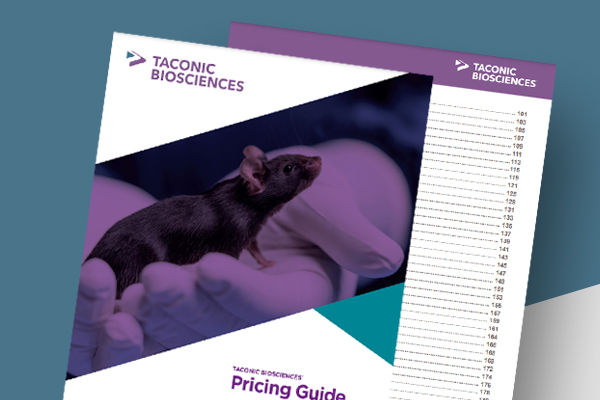| Model No. | Nomenclature | Genotype |
|---|---|---|
| 11509 | FVB.Cg-Cdh1tm1Jjon Trp53tm1Brn Tg(KRT14-cre)8Brn/A | Inquire for genotype |
Invasive Lobular Breast Cancer Model

- Description
- Price & Licensing
- Overview
- Genetics
- Guides & Publications
- Applications & Therapeutic Areas
- Transit, Housing & Welfare
- Diet
Overview
Nomenclature: FVB.Cg-Cdh1tm1Jjon Trp53tm1Brn Tg(KRT14-cre)8Brn/A
- Invasive breast cancer model driven by tissue specific deletion of E-cadherin and p53.
- Tissue-specific conditional knockout of Cdh1 (E-cadherin) and Trp53 in mice induces metastatic mammary carcinomas that resemble human invasive lobular carcinoma (ILC), the second most common type of primary breast cancer
- Literature references report that females develop multiple skin and mammary tumors with a median latency of 214 days
- This mouse model provides a valuable tool to gain insights into the role of E-cadherin loss of function in mammary tumor initiation, progression, and metastasis
- Useful tool for the development of therapies for the treatment of lobular breast cancer.
- Can be used to supply tumor tissues for allografts
- Non mammary epithelial skin tumors are reported to develop in 20-30% of mice.
Origin
This mouse line was developed in the laboratory of Jos Jonkers of the Netherlands Cancer Institute (NKI). The Invasive Lobular Breast Cancer Model was developed by mating conditional Trp53 mice with K14Cre transgenic mice, and the resultant offspring were crossed with conditional Cdh1 mice. The conditional Cdh1 mouse was generated by injection of 129P2-derived E14 IB10 ES cells containing a targeted Cdh1 allele with floxed exons 4-15 into C57BL/6 blastocysts. Resultant chimeras were crossed with FVB/N mice to produce outbred heterozygous offspring (Derksen 2006). The conditional Trp53 mouse was generated by targeting a 13.5 kb genomic clone encompassing Trp53 exons 1-11 in 129P2-derived ES cells of the E14 subclone IB10. Targeted ES cells were injected into C57BL/6 blastocysts and resulting chimeras were crossed with FVB/N mice to produce outbred heterozygous offspring (Jonkers 2001). The K14cre transgenic mice were derived by pronuclear injection of the transgene into FVB/N one cell-stage embryos according to standard procedures. The K14cre transgene includes a 2.1 kb human K14 gene promoter fragment followed by a 0.65 kb rabbit β-globin intron, the Cre coding sequences and a 0.63-kb transcription termination/polyadenylation fragment of the human growth hormone gene (Jonkers 2001). This model was backcrossed to the FVB strain prior to receipt at Taconic, and SNP testing shows this model to be congenic on the FVB inbred background at NE8.
Taconic received stock in 2011, and the line was derived by embryo transfer. The colony was maintained by mating females which are homozygous for both of the floxed genes and wild type for the Cre with males which are homozygous for both of the floxed genes and carriers for the Cre.
This model is cryopreserved and available for recovery. Models can typically be recovered and delivered to customers within 12 weeks after order receipt. Purchase of this model includes perpetual use rights and a deliverable of four mutant animals at the Murine Pathogen Free™ health standard along with a genotyping protocol. For models which include a recombinase gene or multiple alleles, all alleles will be provided, but individual animals may not contain all mutant alleles.
Taconic’s Colony Management experts can design a plan to grow your colony faster.
Genetics
Guides & Publications
Initial Publication:
Jonkers J, Meuwissen R, van der Gulden H, Peterse H, van der Valk M and Berns A. (2001). Synergistic tumor suppressor activity of BRCA2 and p53 in a conditional mouse model for breast cancer. Nat Genet 29, 418-425.
Derksen PW, Liu X, Saridin F, van der Gulden H, Zevenhoven J, Evers B, van Beijnum JR, Griffioen AW, Vink J, Krimpenfort P, Peterse JL, Cardiff RD, Berns A, Jonkers J. (2006) Somatic inactivation of E-cadherin and p53 in mice leads to metastatic lobular mammary carcinoma through induction of anoikis resistance and angiogenesis. Cancer Cell, 10(5):347-349.
Additional Publication:
Warmoes M, Jaspers JE, Xu G, Sampadi BK, Pham TV, Knol JC, Piersma SR, Boven E, Jonkers J, Rottenberg S, Jimenez CR. (2013) Proteomics of genetically engineered mouse mammary tumors identifies fatty acid metabolism members as predictive markers for cisplatin resistance. Mol Cell Proteomics. Feb 8.
Applications & Therapeutic Areas
- Oncology & Immuno-Oncology
Transit, Housing & Welfare
Need more info? Click the live chat button or Contact Us
Diet
- Licensing
- Pricing - USD
- Pricing - EUR
- Select my Health Standard
- Get Custom Pricing Guide
Invasive Lobular Breast Cancer Model
This model is sold under terms which grant perpetual use rights.
Pricing - USD
11509-EZcohort-4
| Item | Commercial | Nonprofit |
|---|---|---|
| Cryopreserved Model | $ 34,650.00 | $ 23,100.00 |
Cryopreserved models are invoiced upon shipment of recovered animals. Once orders are placed, the full purchase price will be applied if the order is canceled. For orders greater than 4 animals, please contact Taconic for options.
Fees for Taconic Transit Cages™ and freight are in addition to the price above.
Pricing - EUR
11509-EZcohort-4
| Item | Commercial | Nonprofit |
|---|---|---|
| Cryopreserved Model | 26.250,00 € | 22.050,00 € |
Cryopreserved models are invoiced upon shipment of recovered animals. Once orders are placed, the full purchase price will be applied if the order is canceled. For orders greater than 4 animals, please contact Taconic for options.
Fees for Taconic Transit Cages™ and freight are in addition to the price above.
Select my Health Standard
Need help choosing the right Taconic Biosciences health standard for your research?
Use the Health Standard Selector to enter your exclusion list. The tool will tell you which health standards meet your requirements.
Get custom pricing guide
Schedule A Scientific Consultation
Speak with a PhD-level Field Application Scientist who can help you select the most appropriate model and maximize your experimental success.


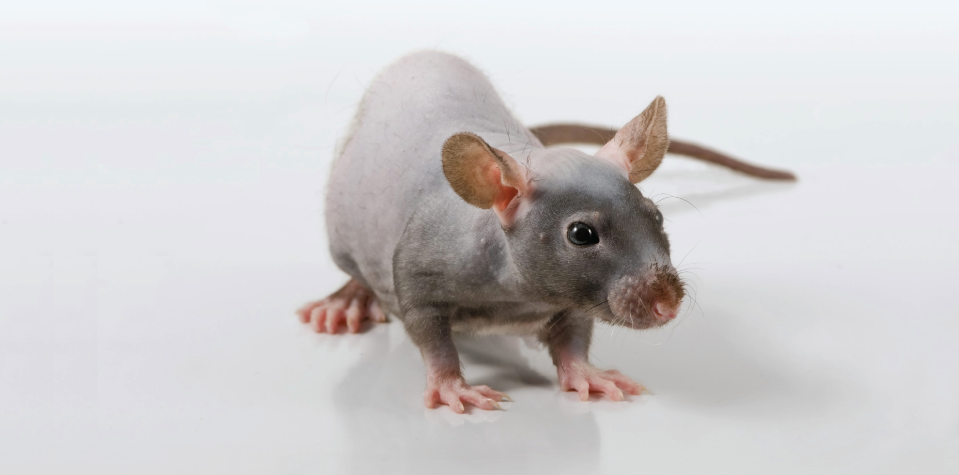
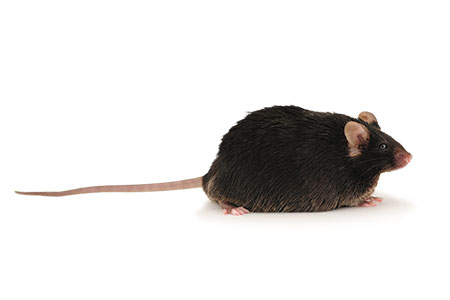
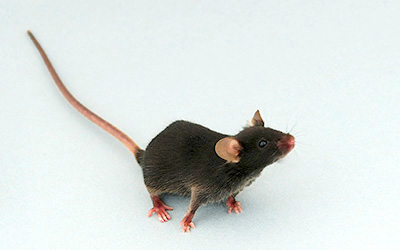
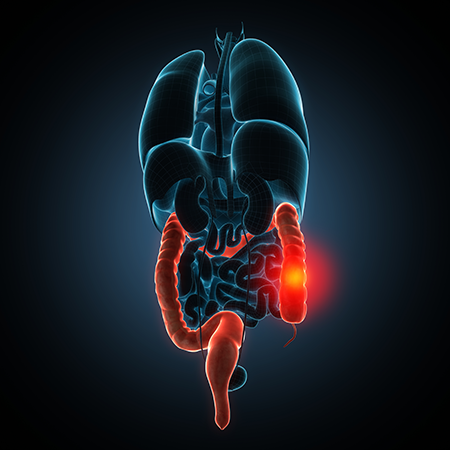




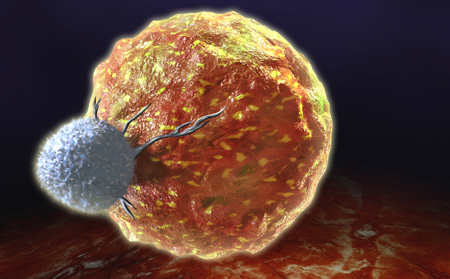

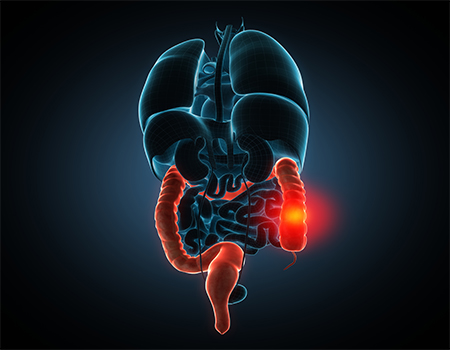
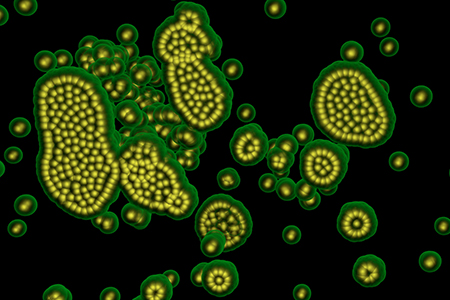

.jpg)

.jpg)
.jpg)
.jpg)
.jpg)



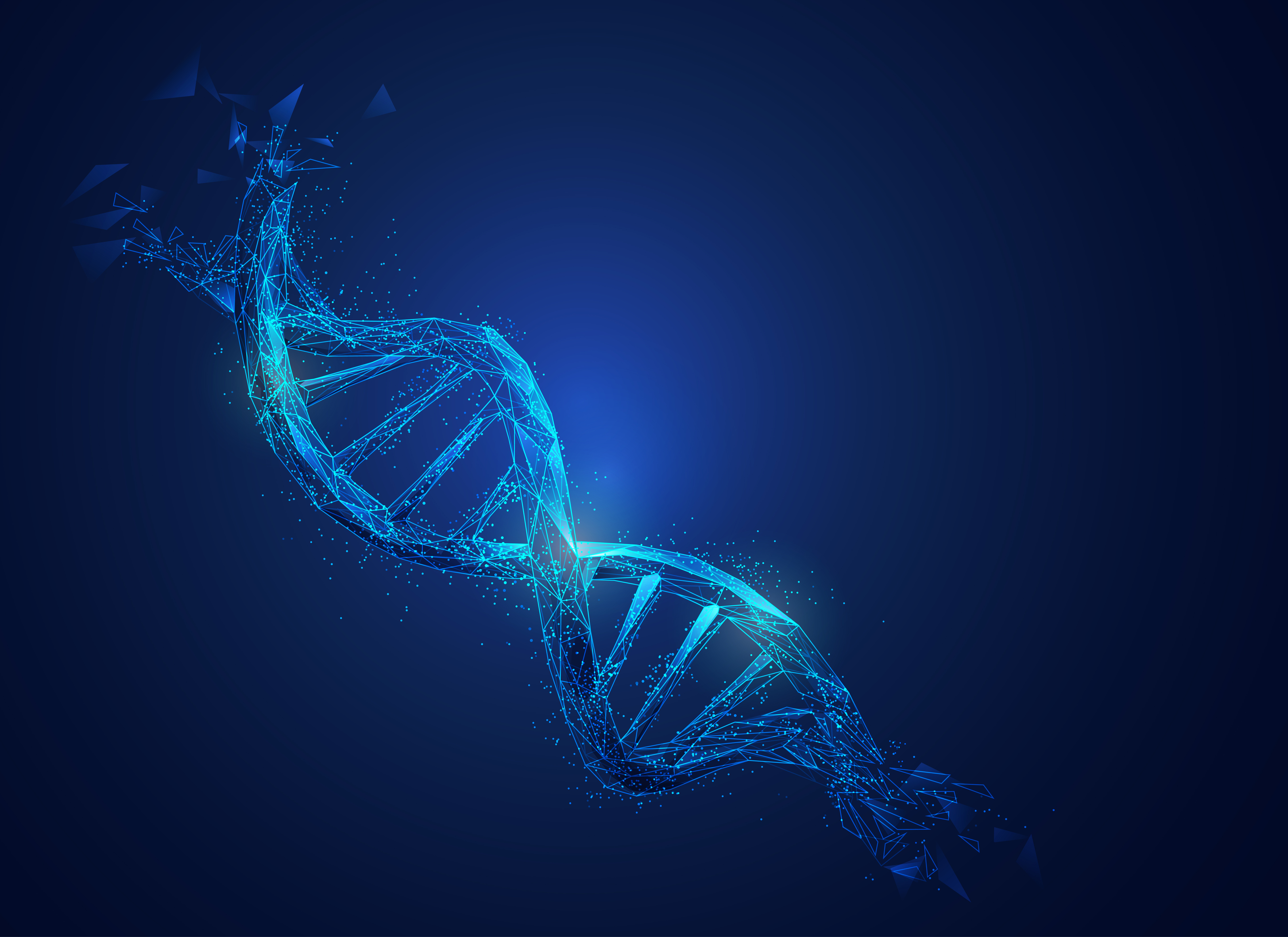
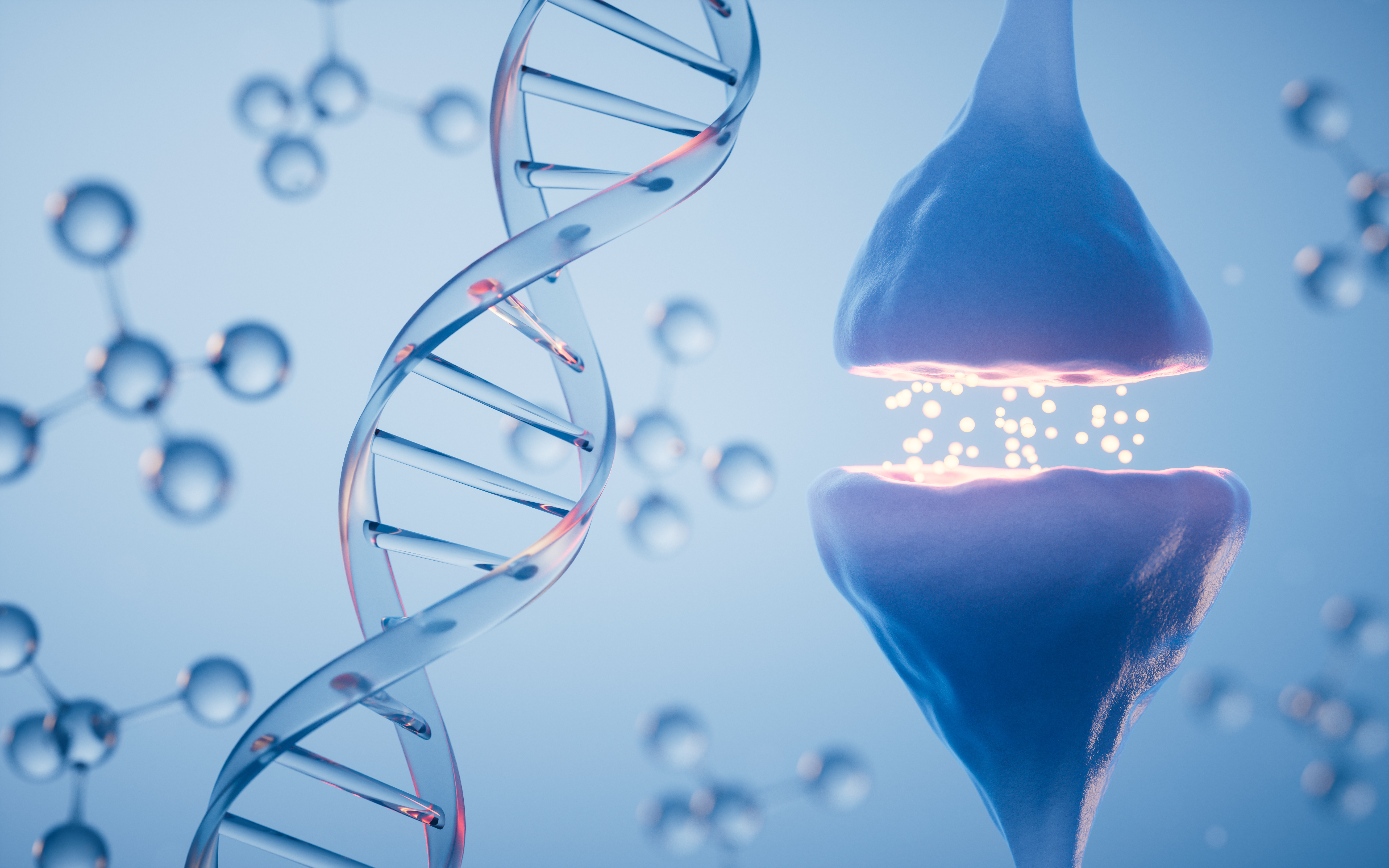
.jpg)


.jpg)
.jpg)

.jpg)


.jpg)





.jpg)

.jpg)



